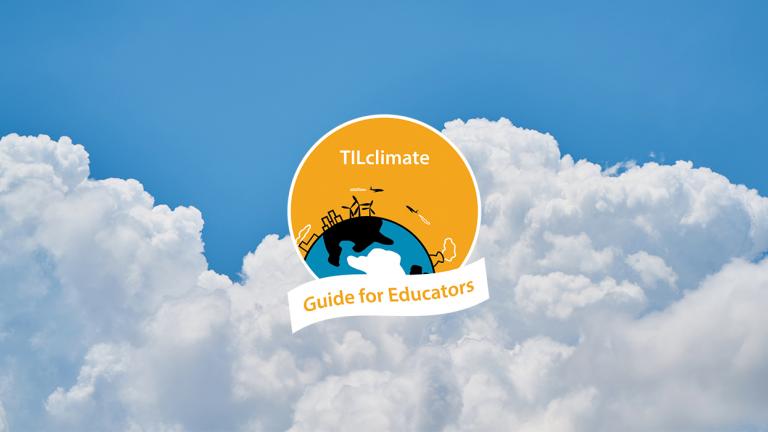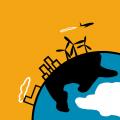
This Guide for Educators was developed by the MIT Environmental Solutions Initiative as an extension of our TILclimate (Today I Learned: Climate) podcast, to make it easier for you to teach climate change, earth science, and energy topics in the classroom. It is an extension of the TILclimate episode "TIL about clouds."
Browse all TILclimate guides for educators.
Description
How do clouds form? How are clouds affected by (and how do they affect) climate change? Students create a cloud in the classroom, and then investigate climate models and real-time cloud observation data.
SWBAT:
-
Explain that clouds need a nucleus around which to form.
-
Understand that climate models can predict future climate patterns, but that factors such as carbon emissions make specific predictions uncertain.
-
Describe observed and predicted changes in precipitation in the continental US.
Skills:
- Map reading
- Observation
Standards:
-
HS-ESS2-2 Analyze geoscience data to make the claim that one change to Earth’s surface can create feedbacks that cause changes to other Earth systems.
-
HS-ESS3-5 Analyze geoscience data and the results from global climate models to make an evidence-based forecast of the current rate of global or regional climate change and associated future impacts to Earth’s systems.
Disciplinary core ideas:
-
ESS2.A Earth Materials and Systems
-
ESS2.D Weather and Climate
-
ESS3.C Human Impacts on Earth Systems
-
ESS3.D Global Climate Change
What is included in this Educator Guide
- How to use TILclimate Educator Guides (Download)
- Full Educator Guide (Download)
- Includes both Teacher and Student pages
- Includes both Teacher and Student pages
- Teacher pages (Download)
- Includes materials, discussion questions, background resources, and adaptation suggestions for science, social science, and ELA teachers
- Includes materials, discussion questions, background resources, and adaptation suggestions for science, social science, and ELA teachers
- Student pages (Download)
-
Demonstration: Cloud in a Bottle
-
Reading: Climate Models and Uncertainty
-
Maps: Precipitation Observations and Predictions
-
Maps: Clouds and Particulates
-
Community Science: NASA GLOBE
-
Listen to the episode


